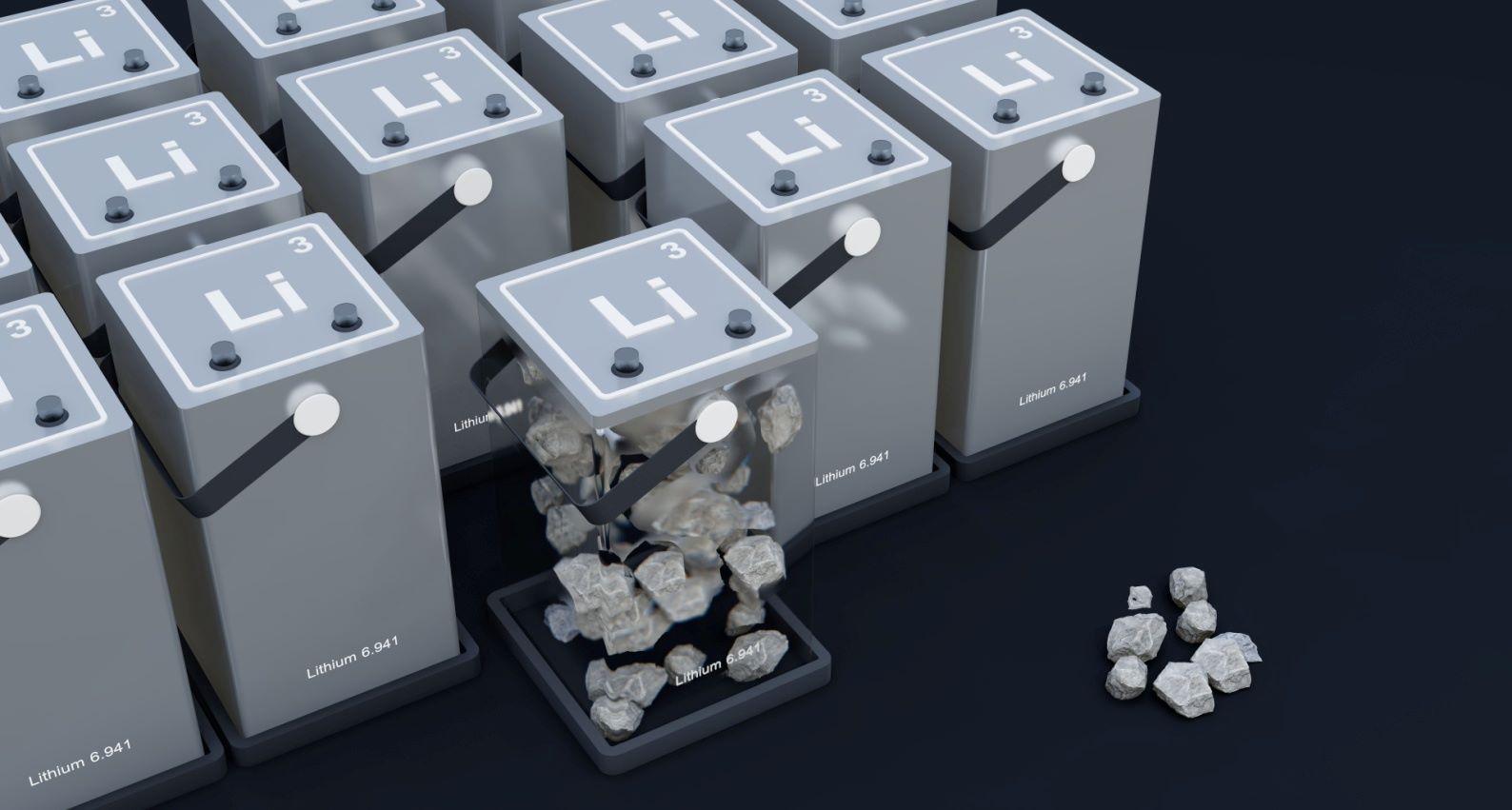South Korea's Emerging Role in the Global Battery Supply Chain
Published on 15 May, 2024

The supply of battery and battery materials in South Korea has increased exponentially (around 1.5–2 times) over the last couple of years. The rapid growth of the global Electric Vehicle (EV) market is encouraging South Korean manufacturers to expand their battery manufacturing business both domestically and beyond. Additionally, with a 35% year-on-year surge in cathode material exports, South Korea has become the world’s leading exporter of cathode materials.
Amid the ongoing geopolitical tensions between the US and China, the US government has augmented incentives for Free Trade Agreement (FTA) countries supplying batteries. In addition, diverse battery manufacturing technologies are increasingly motivating Korean manufacturers to increase production footprints in the country.
The expansion of the South Korean battery supply chain is due to the following reasons-
Supply Increase and Supplier Expansion
Established Players: Leading South Korean battery manufacturers like LG Chem are the key drivers of the domestic industry’s expansion. LG Chem and B&M are anticipated to invest around USD 385 million to initiate mass production of cathode materials, with an annual capacity of 60,000 tonnes, in the South Korean city of Gumi in the latter half of 2024. The expansion project is projected to conclude by the end of 2025. Other South Korean battery manufacturers, Samsung SDI, and SK Innovation, have also announced substantial investments in securing battery materials through joint ventures and partnerships, leading to a collective increase in Korean battery supply.
New Entrants in the Market: Beyond established giants, new South Korean companies are entering the battery supply chain, further diversifying the landscape. For instance, a South Korea-based emerging player Copra BM, announced a partnership with BASF in 2023 to build a cathode active material (CAM) plant in South Korea. This collaboration brings new ability and production capacity to the table, bolstering the country’s overall battery supply chain. Furthermore, companies such as LG are diversifying their product portfolio to manufacture other components that can be used in batteries such as anode materials, separation membranes, and Carbon Nanotubes (CNT) in South Korea.
Trade Growth and Regulatory Support
South Korea is the leading exporter of cathode materials to the US and European markets. South Korea is also considered the hub for the EV battery supply chain. The US Inflation Reduction Act (IRA) presents a significant opportunity for South Korea's battery supply chain as the country is listed under the free trade agreement (FTA) with the US. The strict sourcing model qualifies Korean-made batteries with compliant sourcing for the US EV tax credit, making them more attractive to American consumers.
Additionally, the battery manufacturers are following JV in North America to set up the battery supply chain market to diversify production and reduce the dependency on single-country imports (in South Korea) while enjoying tax credits and incentives to set up or expand battery production facilities in the US or partner with established Korean manufacturers.
Raw Material Availability and Supply Chain Resilience
Increased raw material requirements have led South Korean companies to buy stakes and indulge in strategic partnerships with mining and refining companies, to invest in their midstream manufacturing capacities in South Korea or other countries such as the US. Battery manufacturing companies have established major active partnerships for materials such as nickel, lithium, and graphite for which the country was highly dependent on imports from China.
Companies are exploring local partnerships based in South Korea as well as the countries that are rich in cathode materials such as Indonesia, Australia, Argentina, and South Africa.
Technological Advancements and Market Impact
South Korea is at the forefront of innovation in the battery supply chain, focusing on advancements that address key areas-
- Sustainability and Responsible Sourcing: Leading companies, such as LG Chem, are working on developing hydrometallurgical technology to efficiently recover materials such as nickel, cobalt, and lithium, as well as reduce dependency on virgin materials while promoting a circular economy. Another leading company Samsung SDI unveiled “Super gap” technology for its solid-state batteries comprising rapid charging capabilities and an extended lifespan, along with a clear roadmap for mass production. This distinct technology is in line with the company’s commitment to fostering a greener and more sustainable world through innovative technology solutions.
- Next-generation Battery Technologies: Solid-state batteries by LG Energy Solution and Samsung SDI are actively researching the technology as it offers increased energy density, quicker charging rates, and enhanced safety than conventional lithium-ion batteries. Furthermore, SK Innovation is exploring lithium-sulfur batteries with significantly higher theoretical energy density than lithium-ion batteries. This could potentially lead to longer-range electric vehicles.
- Automation and Efficiency: Implementation of Industry 4.0 principles by integrating automation, robotics, and artificial intelligence (AI) into their battery production facilities optimizes the production process, reduces waste, and improves efficiency. AI enforcement helps create a transparent and efficient digital supply chain.
Conclusion
While China currently dominates the global battery supply chain, South Korea is emerging as a strong contender that is quickly gaining significant market share. Its substantial contribution to cathode material supply, a crucial component of cells, positions it favorably to establish a battery hub. Furthermore, the presence of leading battery manufacturers facilitates strong partnerships and joint ventures through strategic collaboration, enabling strong and diverse supply in South Korea and partner countries.
